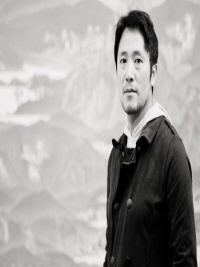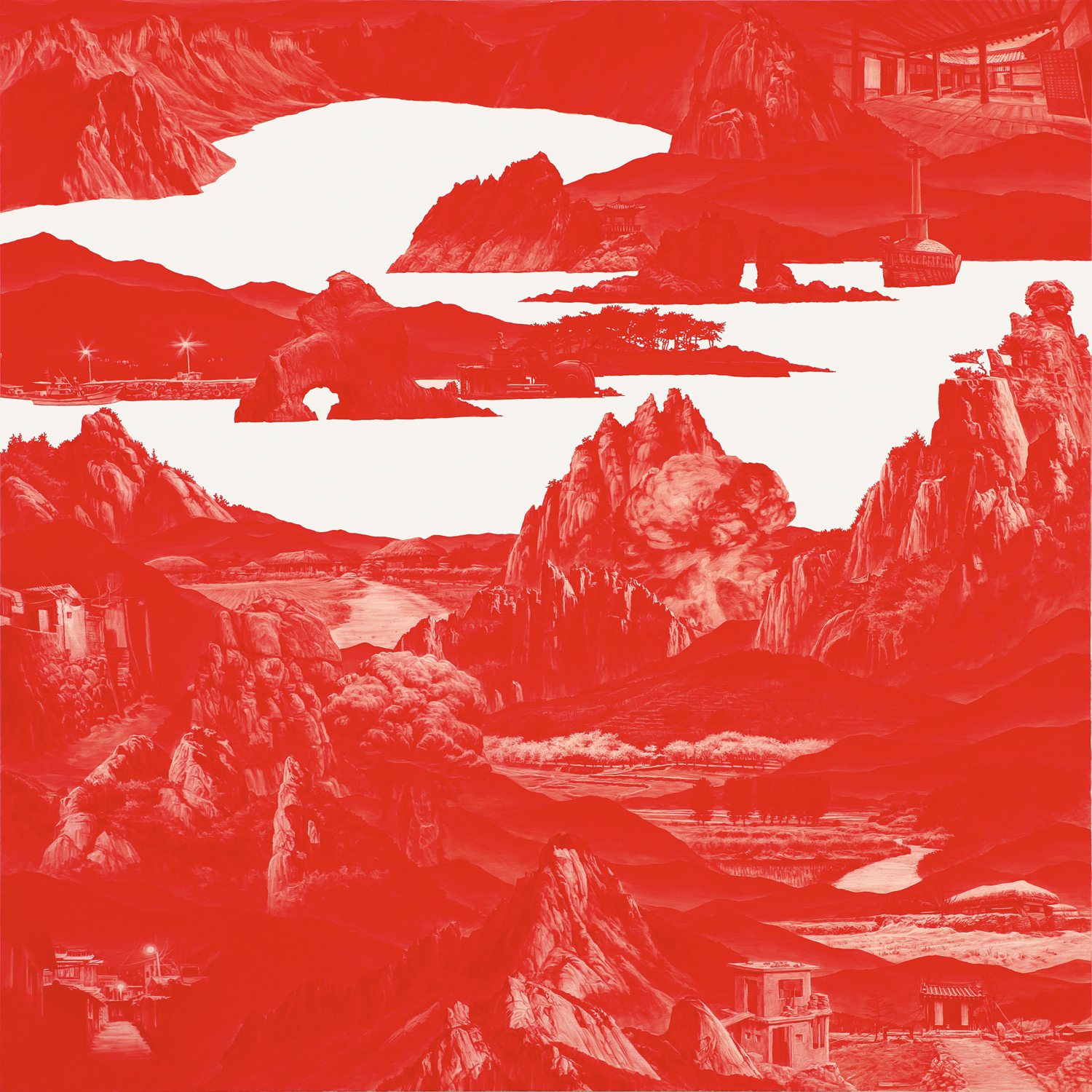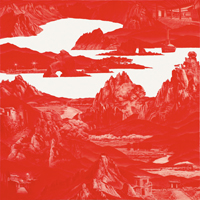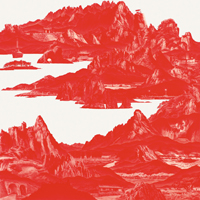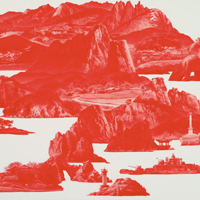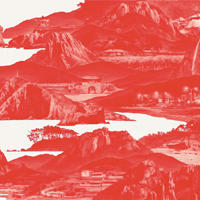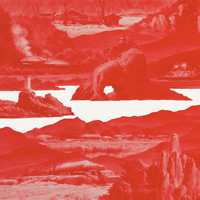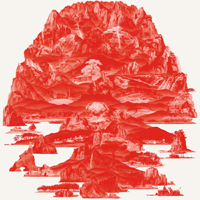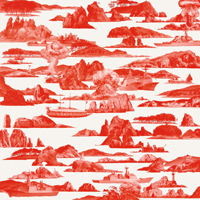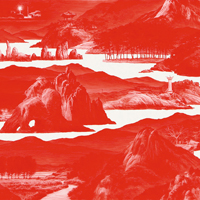-
Katie Kitamura
The Path Away from the Utopia
In this world, there is no utopia. It does not exist in reality. It is a fantasy. Nevertheless, the fantasy has long existed in the East and West, and will continue to exist in the future. Historically, paintings have presented the world of utopia, or in some cases dystopia. The landscapes in Lee Se-Hyun's paintings are not of utopia. From the exterior they seem to resemble a utopia. In his paintings there are no people—just houses, which are traces of the lives of people. A world that is beautiful, but without people, is a certain dystopia. No, if we look again, his paintings are a utopia. However, this utopia is not of the future but of the past. Actually, it is a world that has never existed in the past either. Therefore, it becomes a dystopia again. In conclusion, his paintings hang between utopia and dystopia like a red bridge.
Lee's paintings are a comprehensive cross-breed of traditional Korean landscape painting and Western style painting. Primarily this is evident in the formal characteristics of the works. Furthermore, it becomes more interesting when we consider that the place he first painted such paintings was not Korea but London, and also that it was in London that the paintings were first shown to the public. From this, one can easily assume the afflictions lying behind his paintings.
Nations in the East—Korea, China and Japan—or perhaps all countries besides European nations and the United States had been in various dilemmas in the process of modernization. This was the case not just in political and economic fields, but also in the culture sector. Popular culture and high culture alike, all struggled to find their own identities between traditional culture and the culture that had been forcibly introduced from overseas. Various methods were used to solve this dilemma. A commonly used method was to divide culture into form and contents, and apply different perspectives to them in order to integrate them. Examples of this can be seen in the slogans such as "Dongdoseogi (Eastern ways through Western vessels) of Korea, "Hwahonyangjae (Traditional spirit combined with Western technology) of Japan, and "Jungcheseoyong (Introduction of Western civilization based on traditional framework) of China." These slogans, which call for overcoming the dilemma by combining technology of the West with traditional spirit, have been broadly applied to many areas. And one hundred years later today, they are still used sometimes as ideology.
Similarly, paintings also use traditional materials in Western or modern ways, or use Western materials or tools in traditional ways. Lee's paintings belong to the latter category, and if we go back in time, we can easily find signs of that genealogy.
Probably in the eyes of Europeans or Westerners, Lee's landscapes could look like Orientalism or exotic scenes painted in oils. But from a Korean's viewpoint, Lee's landscapes are another expression of pain, which includes all issues concerning identity, cultural dilemma and survival of the artist.
In terms of form, his landscapes resemble traditional landscape painting, but they are not. The perspectives are multiple and moving, and so is the overall composition. But the method used to depict the subjects is not that of traditional mountain painting, but a western method, and only one color is used—red. Red is quite different from the color of black ink, which has traditionally been used in Eastern-style painting. Red is a color that the Chinese have traditionally been fond of, and has also carried the significance of "chasing away evil" in Korea as well. Politically, it may also remind Koreans of the "red complex" resulting from the division of the Korean Peninsula.
Lee Se-Hyun's paintings cause formal collision, and intensionally exclude consistency. Thus, Lee's works show controversial contents through an exterior known as landscape. He intensionally chooses red, and paints the memories of Korea he experienced as a person born in the countryside near the sea—seas, islands and mountains which have vanished due to the painful process of democratization, economic modernization and reckless development—in a Western method of painting. This is evident in the process through which his painting reached its present state as well. While studying in England, his earlier paintings were of weeds in the urban streets. The plants have existed since before civilization, and before humankind. They are the ancestors of humans. In other words, the artist wanted to talk about his respect toward nature and the tyranny committed by humans through tradition.
Later, Lee Se-Hyun changes his present working style. It begins with noting the masters of the Choseon Dynasty, such as "Gyeomjae" Jeong Seon. To Lee, a traditional landscape is not a sampled fragment of reality, but something in the present tense.
In the words of Lacan, Lee's landscape images are an example of the symbolic. The symbolic, which is a structure consisting of order and language, reflects unconsciousness. Lee's paintings, as an expression of such unconsciousness, overlaps with ideal landscapes, which are a certain type of traditional landscapes painting. And the ideal landscapes contain utopia—a utopia which starts from reality. In a traditional landscape painting, the artist does not depict minute details, but shows an ideal world, stripped form all unnecessary elements.
From the views of a Westerner, Lee Se-Hyun's paintings are the other. As the other, his works oppose West-centered mono-culture. The resistance is something familiar in the East or Korea, but is something strange in the West. Though the path to understanding, transcending strangeness and newness, is so far unknown, that is the path which Lee must pursue. Perhaps the path is already painted in his paintings. Of course it goes without saying that sometimes one must come out from the path to see it, and it may not be the road to utopia but the road that avoids it.






